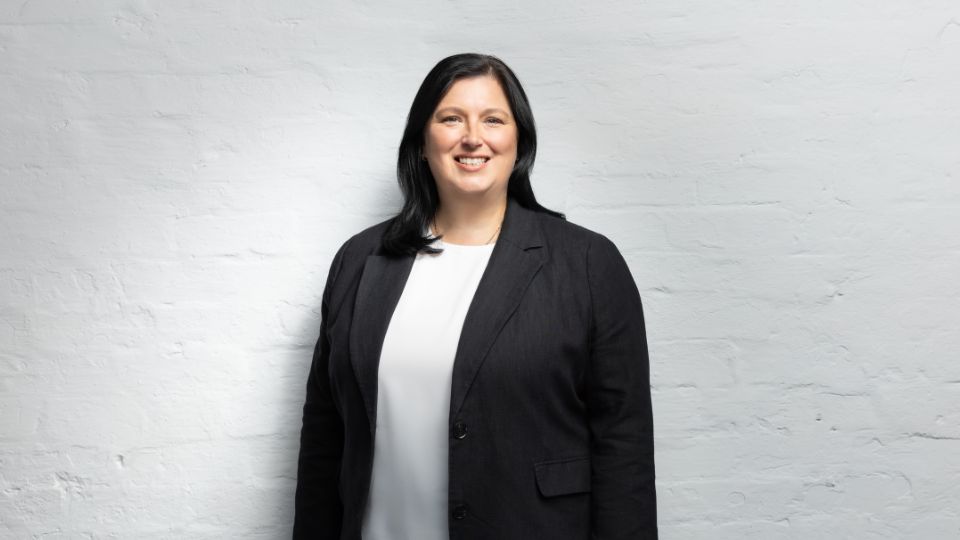Ray White Group Head of Research, Vanessa Rader, revealed that while dollar volume remained relatively stable with just a 0.3 per cent decline, transaction numbers fell significantly by 18.5 per cent compared to the previous year.
“This divergence between stable dollar volumes and reduced transaction counts indicates a trend toward larger individual deals,” Ms Rader said.
“It suggests institutional and high-net-worth investors have remained active while smaller private transactions have declined or moved up in price bracket.”
Ms Rader said that increased presence of offshore investment has contributed to higher individual asset prices, further driving the consolidation toward fewer but more substantial transactions.
The analysis showed significant variations in market performance across different states, with traditional powerhouse states maintaining dominance while some emerging markets demonstrated notable resilience.
New South Wales continued to lead Australian commercial property investment, attracting $25.8 billion in transactions, representing 43.1 per cent of total national activity.
“Despite a modest 1.5 per cent increase in dollar volume, NSW experienced a 7.2 per cent decline in transaction numbers,” Ms Rader said.
“The state has been particularly favoured by offshore investors, with significant capital flows from North American and Asian sources targeting prime assets across all sectors.”
Victoria recorded $13.4 billion in commercial property transactions, representing 22.3 per cent of national activity, though this represented a concerning 12.2 per cent decline in dollar volume and a substantial 27.7 per cent reduction in transaction numbers.
“Tax issues have created significant concern for buyers in Victoria, reducing urgency and limiting commitment levels from both domestic and international investors,” Ms Rader explained.
Queensland’s commercial property market demonstrated solid momentum, with total transactions reaching $11.8 billion, representing 19.7 per cent of national activity and achieving a healthy 5.6 per cent increase in dollar volume.
“Private investors have been particularly active in Queensland’s sub-$20 million market, while listed property groups and offshore capital have targeted larger opportunities, especially in the industrial and retail sectors,” she said.
South Australia emerged as the standout performer by percentage growth, recording $3.5 billion in commercial property transactions and achieving a remarkable 16.9 per cent increase in dollar volume.
“This performance represents significantly improved investor confidence in the state’s economic fundamentals and ongoing infrastructure development,” Ms Rader said.
Western Australia attracted $4.2 billion in commercial property investment, achieving a solid 5.0 per cent increase in dollar volume despite a 22.4 per cent reduction in transaction numbers.
“Perth accounted for the majority of this activity, with private investors particularly active in the industrial and retail sectors,” she said.
The smaller jurisdictions of ACT, Tasmania, and Northern Territory all experienced declines in both dollar volume and transaction numbers, with Tasmania showing the most dramatic reduction in transaction count at 39.9 per cent.
Ms Rader said that international investment flows showed clear geographic preferences, with offshore buyers demonstrating continued strong interest in NSW and Queensland, while showing more caution toward Victoria due to tax considerations.
“Sydney remained the primary target for large-scale institutional investment, while Brisbane attracted growing interest from investors seeking growth opportunities,” she said.
Looking ahead, Ms Rader was optimistic about the market’s prospects.
“As we move into 2025/26, the combination of improving interest rate conditions, continued population growth, and Australia’s political stability positions all states for potential growth, though the market may continue to favour larger transactions over smaller deals,” she said.

